Nikon Nikkor Z 26 mm f/2.8
8. Vignetting
| Z7, DX, JPEG, f/2.8 | Z7, DX, RAW, f/2.8 |

|

|
| Z7, DX, JPEG, f/4.0 | Z7, DX, RAW, f/4.0 |

|
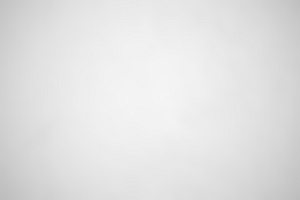
|
In case of JPEG files which were distortion-corrected (but not vignetting-corrected) brightness loss in the frame corners at the maximum relative aperture amounted to 28% (−0.94 EV) and it could be called moderate. This value decreases to 18% (−0.57 EV) on stopping down the aperture to f/4.0 and to 15% (−0.48 EV) when you close the aperture down to f/5.6.
Please Support UsIf you enjoy our reviews and articles, and you want us to continue our work please, support our website by donating through PayPal. The funds are going to be used for paying our editorial team, renting servers, and equipping our testing studio; only that way we will be able to continue providing you interesting content for free. |
- - - - - - - - - - - - - - - - - - - - - - - - - - - - - - - - - - - - - - - - - - - - - - - -
The values are a bit higher for neutral RAW files. In case of the maximum relative aperture you have to take into account vignetting reaching 32% (−1.12EV); it decreases to 22% (−0.73 EV) on stopping down the aperture to f/4.0. By f/5.6 and higher apertures this aberration is 19% (−0.61 EV).
| Z7, FX, JPEG, f/2.8 | Z7, FX, RAW, f/2.8 |
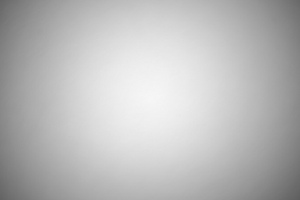
|
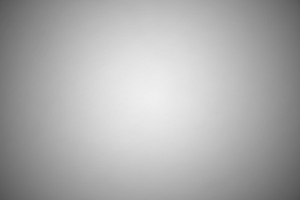
|
| Z7, FX, JPEG, f/4.0 | Z7, FX, RAW, f/4.0 |
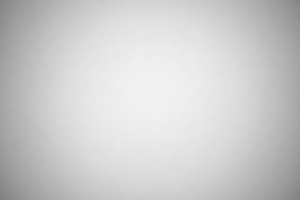
|
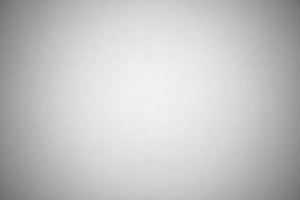
|
| Z7, FX, JPEG, f/5.6 | Z7, FX, RAW, f/5.6 |

|

|
Differences between JPEG and RAW files are visible also on full frame but they are not very big as the body of the camera doesn't correct automatically vignetting on JPEG files. It corrects only distortion and then crops images slightly.
In case of JPEG files and the maximum relative aperture light fall-off in the frame corners amoutned to 59% (−2.57 EV) and it decreased to 46% (−1.76 EV) on stopping down the aperture to f/4.0. By f/5.6 vignetting drops to 39% (−1.23 EV), by f/8.0 it decreases to 34% (-1.20 EV). Further lowering of values, very slight but still perceivable, can be observed by f/11, where the aberration, described here, reaches 33% (-1.15 EV).
In case of RAW files by f/2.8 we got a result of 64% (−2.96 EV). It's a lot but, looking at the dimensions of the tested lens, it would be difficult to expect something better in this category. By f/4.0 vignetting decreases to 54% (−2.25 EV), by f/5.6 it drops to 50% (−2.00 EV), by f/8.0 it is 46% (-1.78 EV), and by f/11 it amounts to 43% (-1.62 EV).
| Nikon Z7, FX, JPEG, f/2.8 |
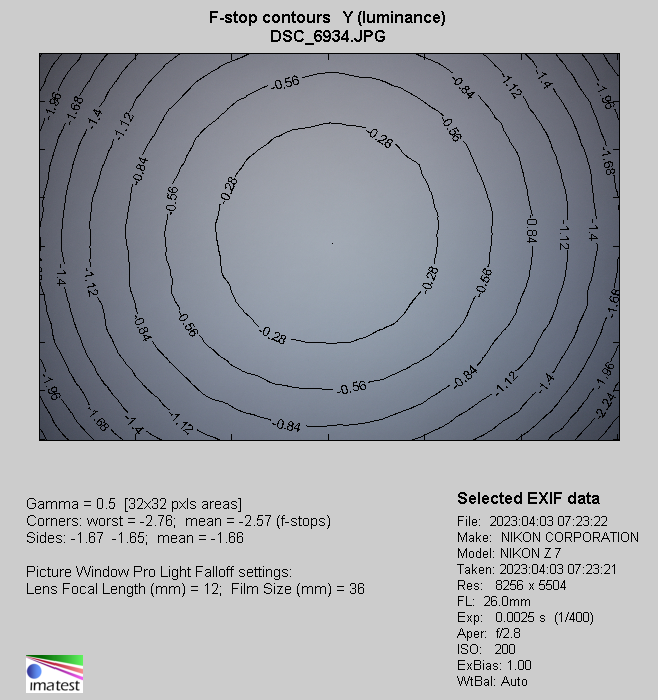 |
| Nikon Z7, FX, RAW, f/2.8 |
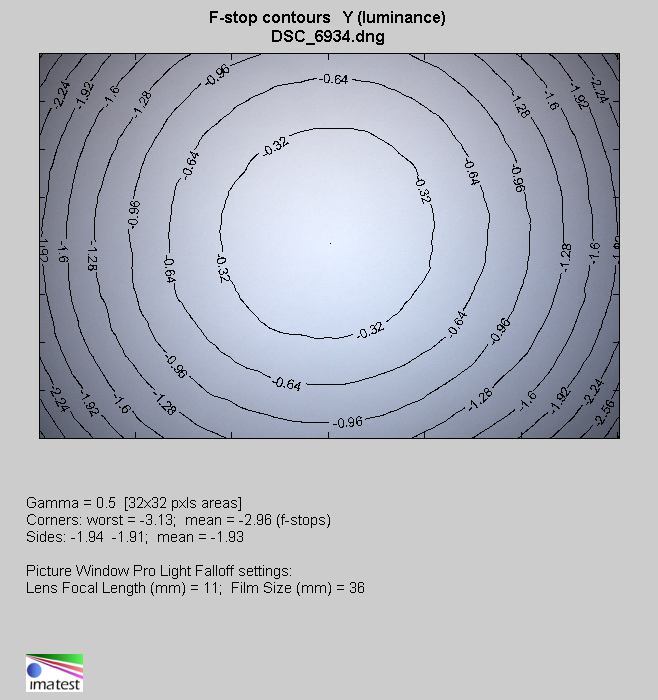 |






